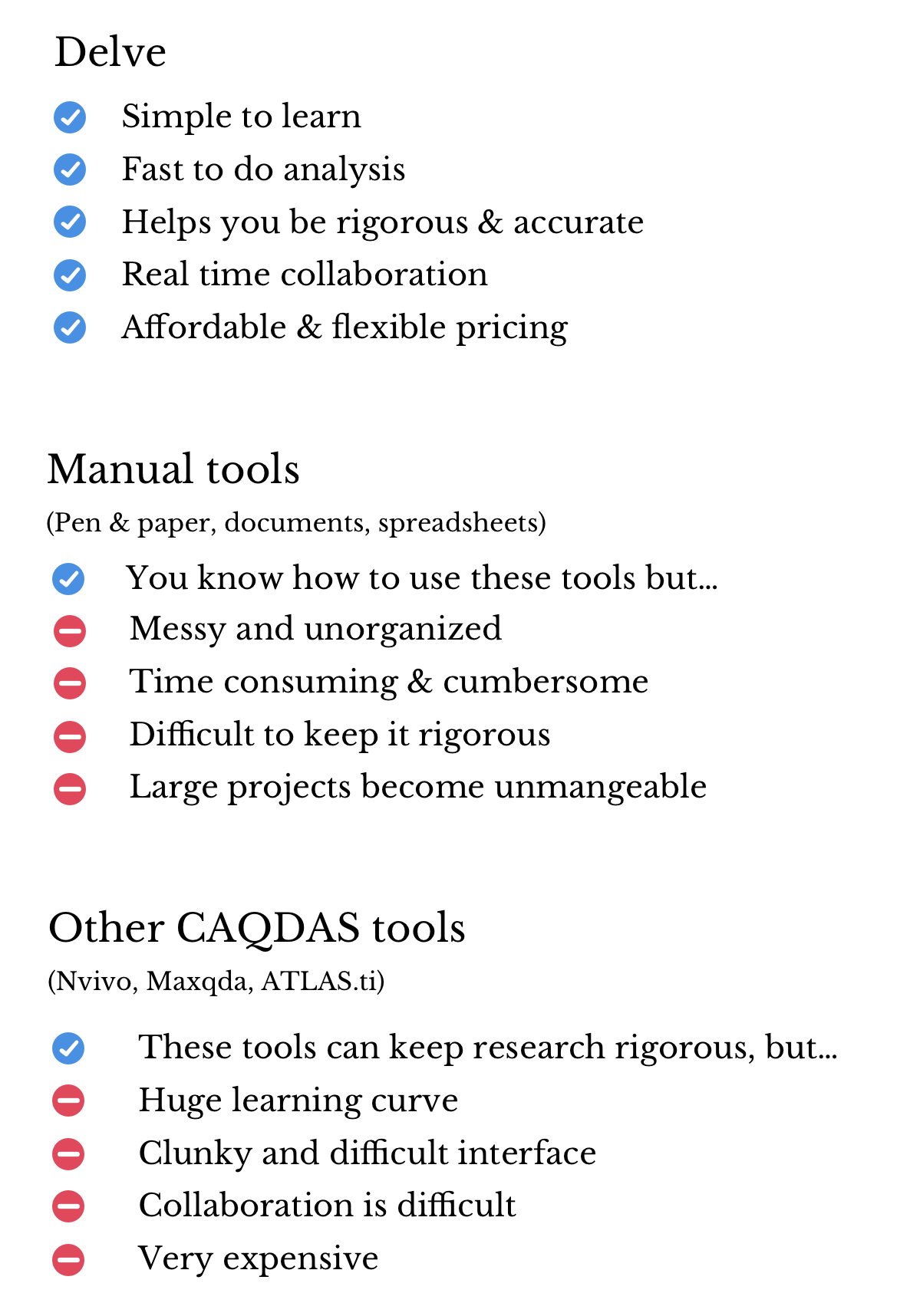

Each new code will be added at the top of the list within the group. If you use the “Inherit” check box for the colour, all of the codes so created will have the same colour. Simply use the Alt+N keystroke or the New code button in the Code System toolbar to get the dialog for creating each new member of the group. To populate this group is very straightforward as the highlighting bar will not move unless you choose to move it. Then press “OK” to complete the routine and see the new group appear as a highlighted code at the top of the list. If you want to store a definition for this group, type that into the code memo field. If you want all of the codes in this group to use the same colour, possibly to distinguish these from the more grounded codes to be created later, click on the button with 3 dots to the left of the example colour bar, select “New colour” from the next dialog and then select a colour from the range of choices offered (see below for more detail about colour options).

Once again start by highlighting the “Code System” heading, open the New code dialog as before and simply type the group header label into the name field at the top of the dialog. The next step is to create the header for a group of codes for, say, “Sensitizing concepts”. It may be simpler in the long run to create a group header specifically to hold all of the non-hierarchical codes so, for the moment you should suspend judgement on this and be prepared to experiment. If you want to create a list of thematic codes without any hierarchy you must always click on the Code System header code at the top of the list before opening the New code dialog and then your list will appear as equals at the highest level of the code system. This may not be the effect that you want, but it demonstrates how a new code will always be made a sub-code of something. If you leave the code you have just created highlighted in the Code System window and create another thematic code, say “Fear”, it will appear as a sub-code of the first code (“Angry”). See the new code appear and be highlighted in the Code System window just beneath the code that was highlighted when you started the routine (the “Code System” header if you followed the instructions above correctly). Used words like cross, furious, angry”), and finish by clicking on the “OK” button. To make this a thematic code, simply type the code name that you want to use (say “Angry”) into the first field, accept the suggested colour for now, and type the beginnings of a code definition into the Code memo field (say “Expressed anger. All of these elements can be edited and changed at any stage so there is a lot of flexibility and no decision that you take closes-off later options.įigure 7.1.1 – Adding a new code to the Code System

The “New code” dialog has 3 elements, a field for the code name, an option to select a colour for this code, and a field to store a memo for the code.

The same routine is used to create a single thematic code as is used to create the header of a group of codes. This work is mainly carried out in the Code System window, usually located in the bottom left corner of the MAXQDA11 screen. Where you have some ideas for codes that you expect to be useful in a project, you can create these at an early stage and then start to apply them to the data. Codes can be created or added at any time in MAXQDA11 with simple intuitive procedures.


 0 kommentar(er)
0 kommentar(er)
